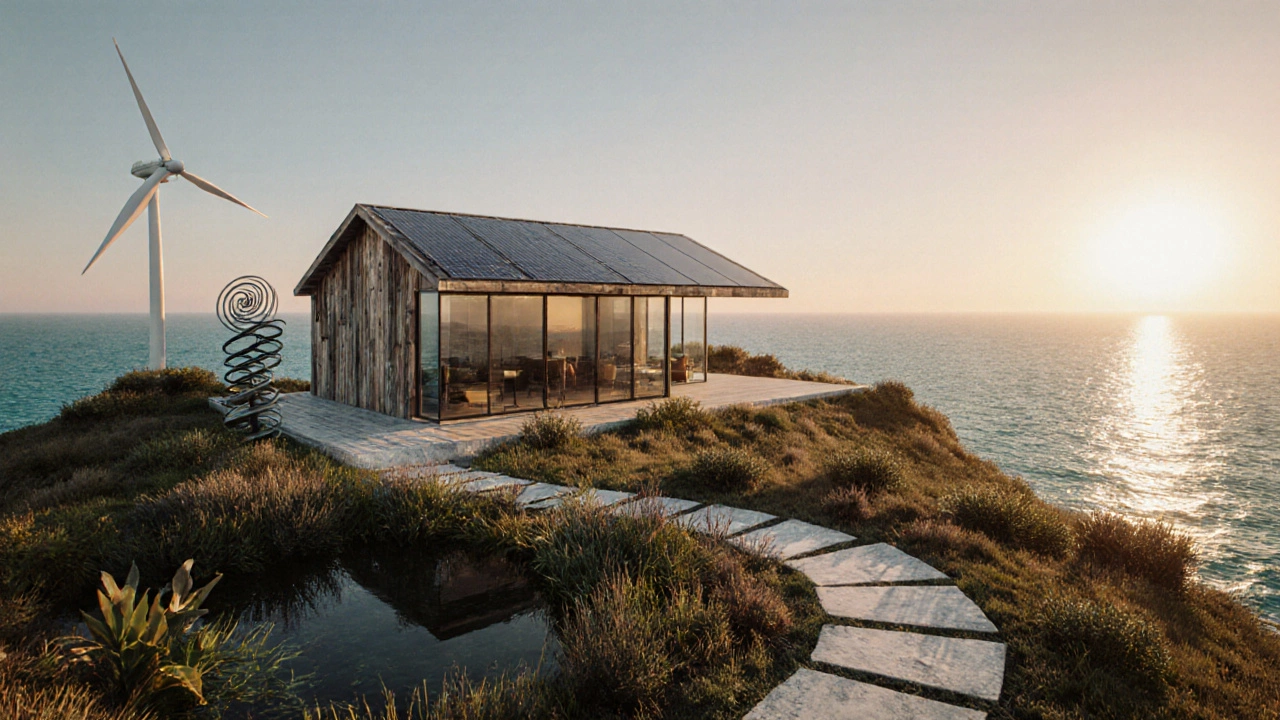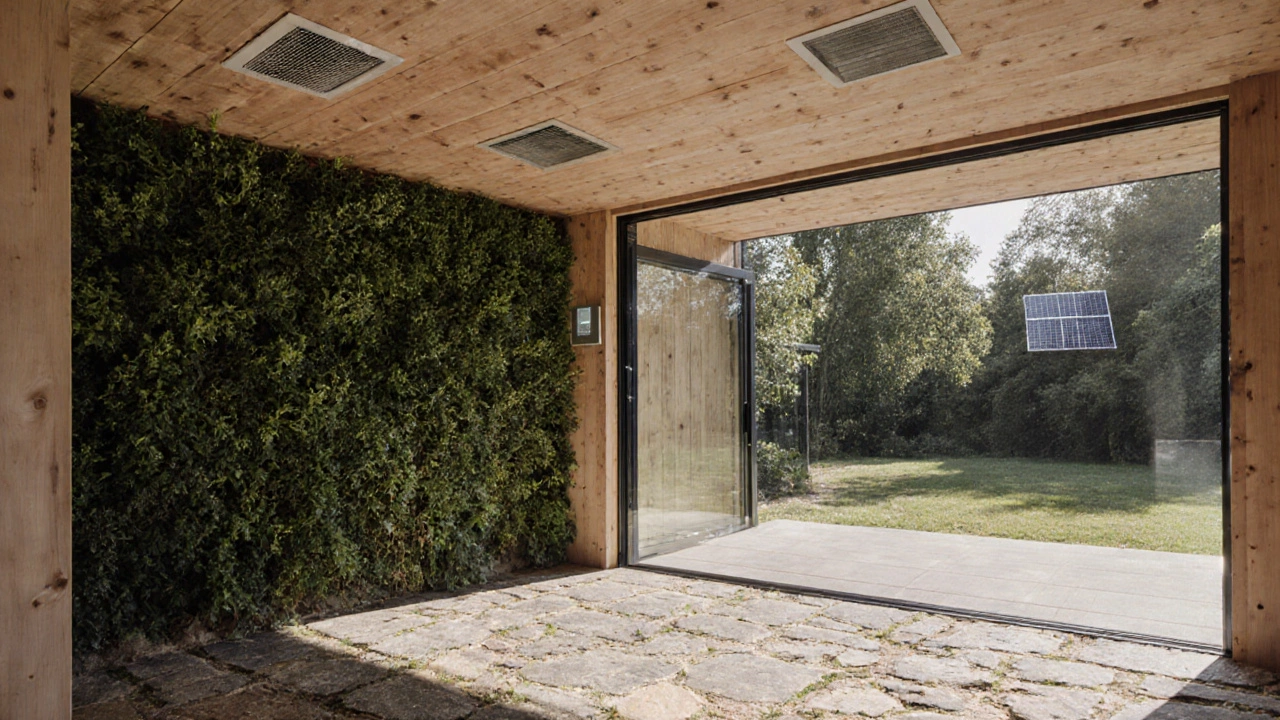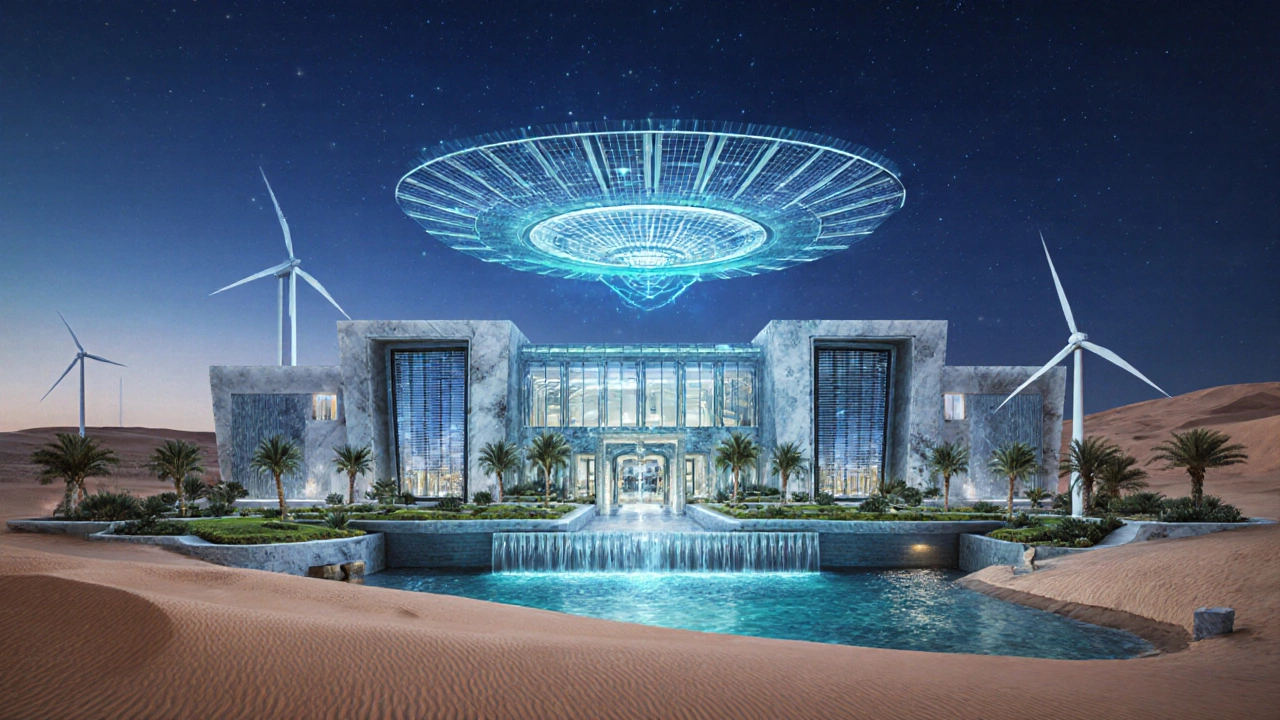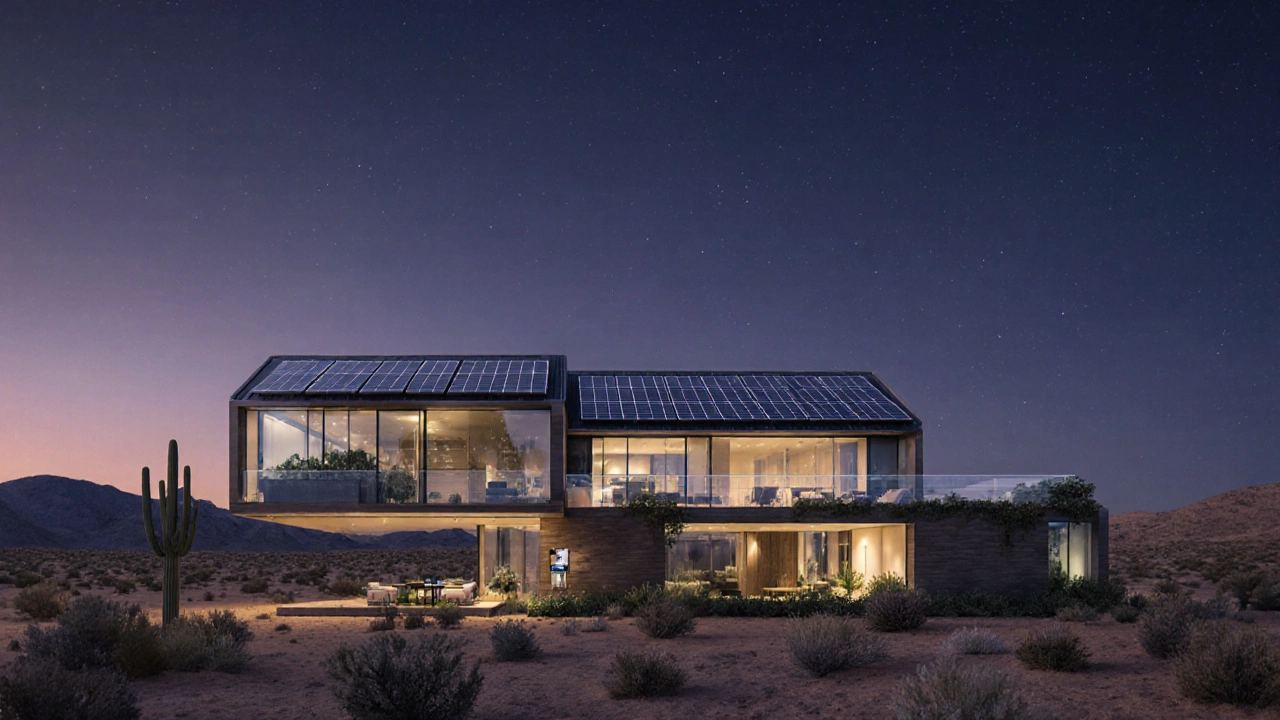Can a $1 Billion Eco‑Friendly Cottage Exist?

Eco-Friendly Luxury Home Cost Calculator
Configure Your Eco-Cottage
Estimated Cost
Enter your specifications to see the estimated cost
When someone asks “Is there a house worth 1 billion dollars?” the mind instantly pictures a glass‑wrapped palace on a private island. But what if that palace is also an eco‑friendly cottage - a compact, nature‑centric dwelling that leaves almost no carbon footprint? This article unpacks the reality behind a billion‑dollar house, explores the market for ultra‑luxury sustainable homes, and gives you a step‑by‑step guide to assess whether such a property could exist today.
What Exactly Is a Billion‑Dollar House?
In the real‑estate world, a billion‑dollar house isn’t just about size or location. Price tags of that magnitude usually combine three drivers:
- Prime real‑estate: waterfronts, city centers, or remote islands with exclusive access.
- Architectural uniqueness: bespoke design, historical significance, or cutting‑edge technology.
- Luxury finishes: rare woods, marble, private galleries, and concierge services.
When you add a strict sustainability mandate, the cost curve changes dramatically-high‑performance insulation, renewable energy systems, and certified green materials can add millions. Yet they also create a new class of ultra‑luxury assets that appeal to eco‑conscious billionaires.
Defining an Eco‑Friendly Cottage
An eco‑friendly cottage is a small‑to‑medium residence (typically under 5,000 sq ft) built to minimize environmental impact. Key certifications include:
- Passive House: 90 % less heating energy than conventional homes.
- Living Building Challenge: A “net‑positive” approach that generates more energy than it uses.
- Net‑zero home: Balances annual energy consumption with on‑site renewable generation.
Design elements often feature reclaimed timber, low‑VOC finishes, and high‑efficiency HVAC that draw from geothermal or solar sources.

Are There Real‑World Examples Near the Billion Mark?
While no publicly‑listed cottage hits the exact billion‑dollar price tag, a few projects illustrate how close the market can get when luxury meets sustainability.
| Project | Location | Size (sq ft) | Reported Cost | Green Highlights |
|---|---|---|---|---|
| South‑West Alaska Treehouse | Alaska, USA | 4,200 | $850 M | Carbon‑negative timber, geothermal heating, 100 % off‑grid solar |
| La Villa Verde | Tuscany, Italy | 5,800 | $920 M | Living Building Challenge, rainwater harvesting, on‑site wind turbine |
| Desert Oasis Palace | Abu Dhabi, UAE | 6,500 | $1.1 B | Solar‑glass façade, reclaimed marble, AI‑driven energy management |
The “Desert Oasis Palace” crosses the billion‑dollar threshold, but it’s more of a small palace than a cottage. Still, it proves that when you stack premium materials, cutting‑edge renewable tech, and a unique site, the price can climb that high.
Cost Drivers Specific to Sustainable Luxury
Below are the main expense categories that push a green cottage into the hundred‑million‑plus range.
- Sustainable materials: Certified FSC timber, reclaimed stone, and low‑embodied‑carbon concrete often command premium rates.
- Renewable energy systems: High‑capacity solar roofs, battery storage, and on‑site wind turbines can each cost $5-10 M.
- Water management: Advanced gray‑water recycling, rainwater catchment, and desalination (for coastal sites) add millions.
- Smart home automation: AI‑driven climate control, occupancy sensors, and predictive maintenance platforms require custom integration.
Each of these components not only raises upfront costs but also improves long‑term operating expenses, making the total ownership profile attractive to high‑net‑worth investors.

How to Verify If a Property Is Truly a Billion‑Dollar Eco Cottage
If you stumble upon a listing that claims a billion‑dollar house title, run through this checklist.
- Certification audit: Request copies of Passive House, Living Building Challenge, or Net‑Zero certifications. Verify them with the issuing body. \n
- Energy performance data: Look for annual kWh consumption vs. on‑site generation. A truly net‑positive home should show a surplus.
- Material provenance: Ask for supply chain documentation that proves timber is FSC‑certified and steel is recycled.
- Site feasibility study: Ensure the terrain can support geothermal loops or wind turbines without excessive civil work.
- Financial breakdown: Ask for a cost sheet that separates land, construction, and green technology expenses. This reveals hidden cost inflation.
Missing any of these elements is a red flag that the price may be inflated for status rather than genuine sustainability.
Future Trends: Will Billion‑Dollar Eco Cottages Become Common?
Three forces suggest that ultra‑luxury green homes could become more frequent over the next decade:
- Carbon pricing: As governments tighten emissions caps, developers will embed renewable tech to avoid penalties, driving down per‑unit costs.
- Materials innovation: Mass‑produced cross‑laminated timber (CLT) and carbon‑negative concrete are projected to drop 30 % in price by 2030.
- Wealthy buyer values: A growing segment of billionaires publicly commits to net‑zero portfolios, demanding flagship properties that match their ethos.
When these trends converge, a $1 billion eco‑cottage may shift from “exceptional” to “expected” for the ultra‑rich.

Quick Takeaway Checklist
- Identify the certification (Passive House, Living Building Challenge, Net‑Zero).
- Scrutinize the energy generation vs. consumption numbers.
- Confirm sustainable material sources.
- Validate on‑site renewable infrastructure feasibility.
- Require a transparent cost breakdown to spot inflated pricing.
Frequently Asked Questions
What defines a “billion‑dollar house”?
A property priced at $1 billion or more, usually because of exclusive location, bespoke architecture, and premium finishes. When sustainability is added, the price reflects cutting‑edge green technologies.
Can an eco‑friendly cottage ever cost a billion dollars?
Yes, if it combines ultra‑luxury scale, rare materials, and advanced renewable systems on a prime site. The Desert Oasis Palace example shows a budget just over $1 billion.
Which green certifications matter most for high‑end homes?
Passive House, Living Building Challenge, and Net‑Zero are the top three. They guarantee rigorous energy performance and material standards.
What are the biggest cost drivers in a sustainable luxury build?
Premium sustainable materials, high‑capacity solar and battery systems, advanced water‑recycling infrastructure, and bespoke smart‑home integration typically dominate the budget.
How reliable are the energy performance numbers claimed by developers?
Only third‑party verified data (e.g., from an accredited energy auditor) should be trusted. Look for post‑occupancy monitoring reports that show actual versus projected figures.
In short, a $1 billion eco‑friendly cottage isn’t a myth-it’s a niche that exists where extreme wealth meets a serious commitment to the planet. By checking certifications, energy data, and material sources, you can separate genuine green marvels from hype‑driven price tags.